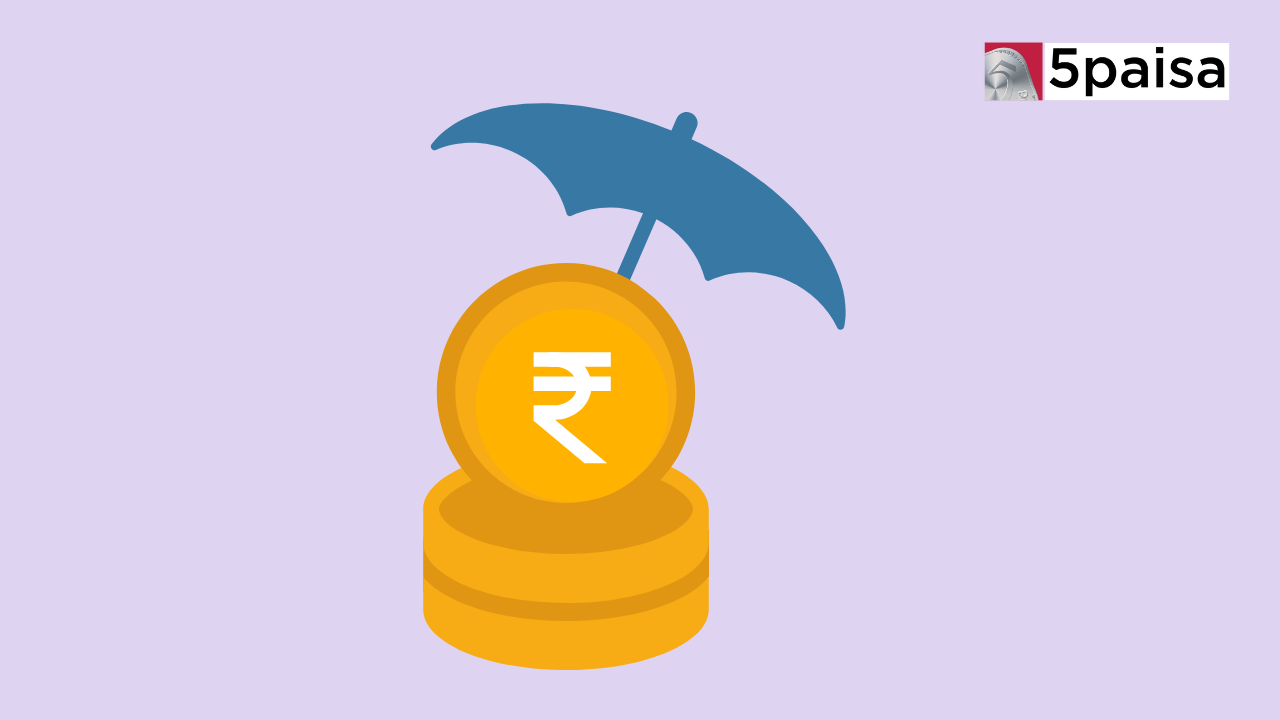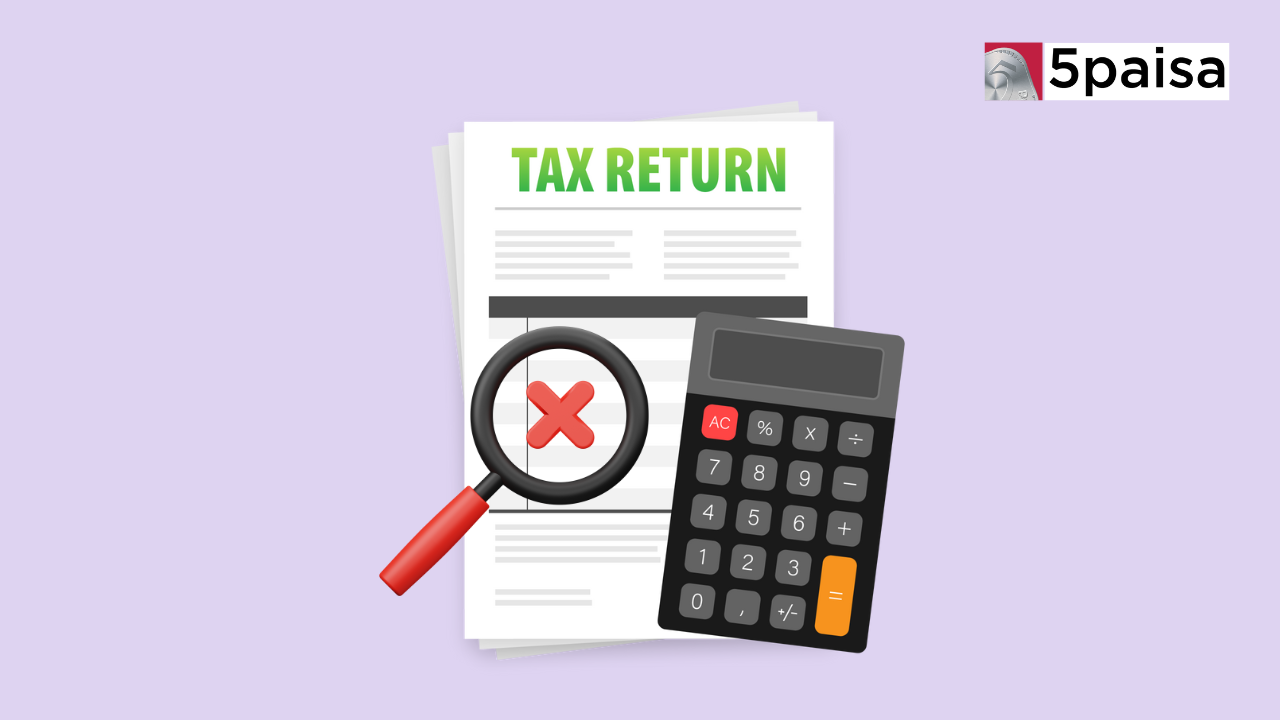How to Register a UPI Complaint Online?
Capital Protection Fund

Last Updated: 6th June 2024 - 11:28 am
Investing your hard-earned money can be daunting, especially when you want to protect your principal amount while also seeking potential growth opportunities. This is where capital protection funds come into play. These specialised investment vehicles are designed to balance preserving your initial investment and providing the chance for higher returns.
What Are Capital Protection Funds?
Capital protection funds, or structured financial instruments, are investment products that guarantee a specific minimum value at maturity while offering growth possibilities. These funds aim to safeguard your capital investment, either partially or entirely, while simultaneously providing the potential for higher returns.
For instance, if you invest ₹500 in a capital protection fund that promises 100% capital protection, you can be assured that you will receive at least ₹500 back at the end of the investment period, regardless of market conditions. However, if the fund performs well, you may receive additional returns on your initial investment.
Capital protection funds have been utilised for centuries to guard against economic shocks and market volatility. These funds operate by purchasing assets expected to lose value and holding them until their prices recover. By doing so, they protect their client's investments and contribute to economic stability by mitigating the impact of market downturns.
Key Features of Capital Protection Funds
Capital protection funds possess several unique characteristics that set them apart from other investment options. Here are some of the key features:
● Close-ended Scheme: Capital protection funds are close-ended, meaning they can only be subscribed to during the initial offering period (NFO). Once the subscription period ends, the fund managers invest the pooled funds in securities that generate long-term returns. As these are close-ended funds, they are not highly liquid, but unit holders can trade them in the secondary market.
● Lock-in Period: Capital protection funds typically last one year, three years, or five years. Investors must wait until the fund's maturity to redeem their investments. Therefore, these funds are suitable for investors who can lock in their money for the specified period and do not require immediate access to the invested amount.
● Taxation Policy: The tax treatment of capital protection funds is similar to that of debt funds. If the maturity period is one year or three, short-term capital gains tax applies to capital gains according to the investor's tax slab. Long-term capital gains tax is applicable for funds with a three-year maturity period.
How Capital Protection Funds Work
Capital protection funds employ a strategic investment approach by allocating some invested funds to debt securities and the remaining to equities. Typically, 80-90% of the assets are invested in debt instruments, while the remaining 10-20% is directed towards equity investments.
The allocation to debt instruments, such as government bonds, treasury bills, and highly-rated corporate bonds, ensures that investors can reclaim their initial investment when the fund matures. Meanwhile, the investment in equities aims to generate higher returns compared to traditional fixed-income instruments like bank fixed deposits.
For example, if an investor puts ₹1000 into a capital protection fund, the fund manager may allocate ₹900 into a debt instrument yielding 10% interest at maturity. This allocation guarantees the recovery of the principal investment over the scheme's duration. The remaining ₹100 is invested in equity instruments with the potential to boost returns and enhance the overall value of the investment.
Benefits of Capital Protection Funds
Capital protection funds offer several benefits to investors, making them an attractive investment option. Here are some of the key advantages:
1. Balanced Portfolio: These funds provide a well-balanced portfolio that combines fixed-income securities like zero-coupon bonds with equity investments. This creates a balance and allows investors to enjoy the stability debt funds offer while benefiting from the potential gains of equity markets.
2. Capital Protection: Capital protection funds are an excellent choice for risk-averse individuals who want to protect their capital while gaining the benefits of equity fund exposure. These funds help balance the debt-equity ratio by allocating a significant portion (typically 80%) to highly-rated debt funds and the remaining portion to equity funds. If the equity investments perform well, investors can experience substantial portfolio growth while maintaining a safety net for their principal investment.
How to Invest in Capital Protection Funds
Investing in capital protection funds is similar to investing in other mutual fund schemes. During the NFO period, investors can approach their preferred mutual fund house or a registered investment advisor to purchase the desired capital protection fund units.
It's important to carefully review the fund's investment objective, strategy, and risk factors before making an investment decision. Investors should also consider their financial goals, risk tolerance, and investment horizon to ensure that capital protection funds align with their overall investment plan.
Potential Risks and Considerations in Capital Protection Funds
While capital protection funds offer a degree of security for your principal investment, they are not entirely risk-free. Here are some potential risks and considerations to keep in mind:
1. Market Risk: Although a significant portion of the fund is invested in debt instruments, the equity component is still subject to market risk and volatility. If the equity markets perform poorly, it can adversely affect the fund's overall returns.
2. Credit Risk: The debt instruments the fund invests in may be subject to credit risk, which is the risk of the issuer defaulting on their obligations, potentially impacting the fund's performance.
3. Interest Rate Risk: Changes in interest rates can affect the value of the debt instruments held by the fund, leading to potential losses or gains in the fund's value.
4. Fund Manager Risk: The performance of capital protection funds heavily depends on the investment decisions and strategies the fund manager employs. Poor investment decisions or ineffective risk management can negatively impact the fund's returns.
Investors must carefully assess the fund's track record, investment strategy, and risk factors before investing.
Conclusion
Capital protection funds offer a unique investment opportunity for individuals seeking a balance between capital preservation and potential growth. By combining debt and equity investments, these funds aim to safeguard your principal investment while providing the chance for higher returns.
While capital protection funds are not entirely risk-free, they can be an attractive option for risk-averse investors who prioritise capital safety but still wish to participate in the potential upside of equity markets. However, it's essential to thoroughly evaluate the fund's objectives, risk factors, and your personal investment goals before making an investment decision.
Frequently Asked Questions
What Is The Expected Return On Investment For Capital Protection Funds?
What Are The Fees And Charges Associated With Capital Protection Funds?
How Do Capital Protection Funds Compare To Fixed Deposits?
- Flat ₹20 Brokerage
- Next-gen Trading
- Advance Charting
- Actionable Ideas
Trending on 5paisa
Personal Finance Related Articles
Disclaimer: Investment in securities market are subject to market risks, read all the related documents carefully before investing. For detailed disclaimer please Click here.
 5paisa Research Team
5paisa Research Team
 Sachin Gupta
Sachin Gupta




